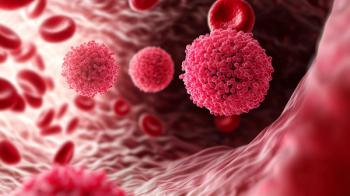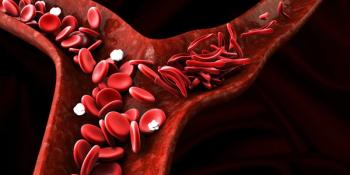
Early Treatment Effective in Infants with Atopic Dermatitis
Early intervention beneficial for pediatric eczema or atopic dermatitis in infants.
Researchers have identified the skin phenotype of pediatric eczema or atopic dermatitis (AD) in infants.
A study published in the Journal of Allergy and Clinical Immunology involved the investigation of lesional and non-lesional skin biopsies from 19 infants under the age of 5-years-old with AD, and compared them with age-matched pediatric controls, as well as adult AD biopsies. Findings revealed that the non-lesional skin of young children with early eczema is already highly abnormal with significant immune activation, which simulated lesional skin of adults who have had active AD for many years.
The study results suggest the potential need for early immune intervention at a young age to treat not only eczema, but to possibly prevent other allergic diseases. Furthermore, it also highlighted several important differences between the adult and pediatric phenotypes. First, researchers found that pediatric AD was associated with increased lymphocyte activation, including Th2 lymphocyte cells, which is similar to adults with AD.
They also found that the pediatric eczema profile had robust and significant increases of TH17 T lymphocyte, unlike adult AD, which are characteristically increased in psoriasis.
“In addition to targeting Th2 lymphocyte cells as in adults, treatment approaches for children with eczema may need to target other types of T lymphocytes, particularly Th17 T lymphocytes,” said researcher Emma Guttman-Yassky, MD, PhD.
An additional significant finding was that there were no abnormalities noted in pediatric eczema skin in an abundant barrier differentiation protein called filaggrin. Filaggrin has been markedly deficient in adult eczema skin, and is blamed for the epidermal barrier abnormalities characterizing the skin of AD patients. Researchers also discovered that early eczema skin does not show the deficiency in skin-produced infection-fighting proteins that have been described in adult eczema.
“For the first time, this study shows that many of the changes seen in adult AD are, in fact, present and sometimes even greater in infants and young children with moderate to severe AD within 6 months of disease onset,” said researcher Amy S. Paller, MD.
Newsletter
Stay informed on drug updates, treatment guidelines, and pharmacy practice trends—subscribe to Pharmacy Times for weekly clinical insights.



















































































































































































































